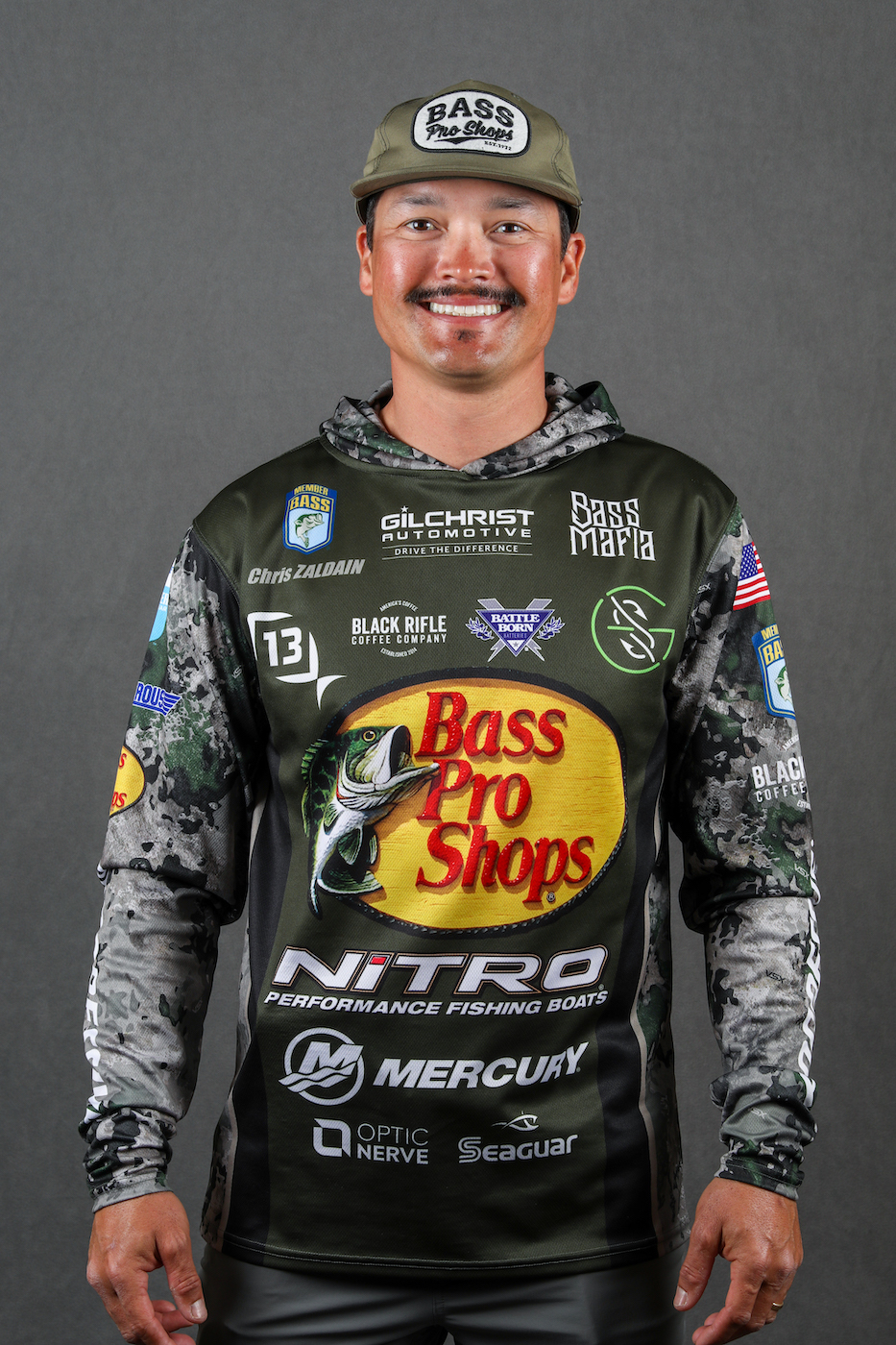
I’ve been asked several times recently about swimbaits. Why I fish them and what they do for me. That’s a simple question with a complicated answer. So, here goes…
Early on in my life I fished mostly in Northern California. The water’s clear up there, and the fish are big. Swimbaits are the first choice of many of the top anglers in the area. It’s probably a fair thing to say that swimbait fishing is pretty much all I knew back then, or at least most of what I knew back then.
As I matured, though, my life led me to the Bassmaster Elite Series and bass fishing all around the country. I had to learn to do other things, and to fish other ways. Nevertheless, no matter how many techniques I learned or how many different lures I carried I always tied a swimbait on at least one rod — especially when we were fishing clear water.
The reason I did that was because I was catching bigger fish with them. I felt confident when I was fishing one. Over time I developed a theory about swimbaits and bigger bass.
Bigger than average bass are older than average size bass. They’ve been around a while. They might not be smart or intelligent by human standards, but they are instinctive and they learn to make good feeding choices. They know what’s real and what isn’t. That’s where swimbaits come into play.
A good swimbait will look like the real thing. They don’t have big, long plastic lips on the front of them and they don’t have giant treble hooks hanging from their belly. Most of the ones I fish with are plastic. They come in almost any size or color. And, depending on how the bodies are designed they can have almost any action. That makes matching the real thing possible.
Take size for example. At the recent 2019 SiteOne Bassmaster Elite at Cayuga Lake my bite shifted from largemouth to smallmouth during the tournament. I was fishing with a 4.2-inch Megabass Hazedong Shad. But when my fish changed I immediately switched to a 3-inch version of the same bait. The smallies were feeding on smaller baitfish. It was a simple and quick adjustment.
I did the same thing with color up there. Alewives and small perch were the primary forage. I was able to match their color easily and with very little effort.
My swimbait heads are no different. I suppose my primary head is one made by Santone Lures. It’s the Chris Zaldain Z-Spin Underspin. It has the details I demand, and it comes in a bunch of colors and weights.
However, there’s something else I want to say about swimbait heads. Sometimes the simple ones work as well as the fancy ones. I’m talking about the old-fashioned lead ball head. Unpainted lead looks like the real thing in the water, and the round head lets the lure fall with a natural action. It goes down at an angle just like a wounded or dying baitfish. So don’t be afraid to buy a pack or two of inexpensive, unpainted lead heads. All you need to do with them is touchup the hook a little.
Big bass will sense when something isn’t quite right. The closer you can come to imitating the local forage — swimbaits do that — the more of them you’ll catch. Swimbaits do that. It’s really that simple.
Next time we’ll talk about how I fish swimbaits. It’s a little different.





